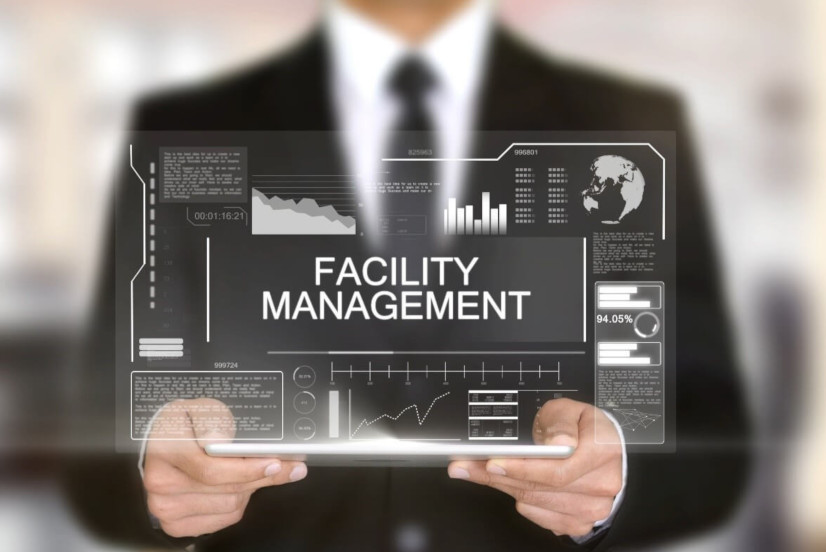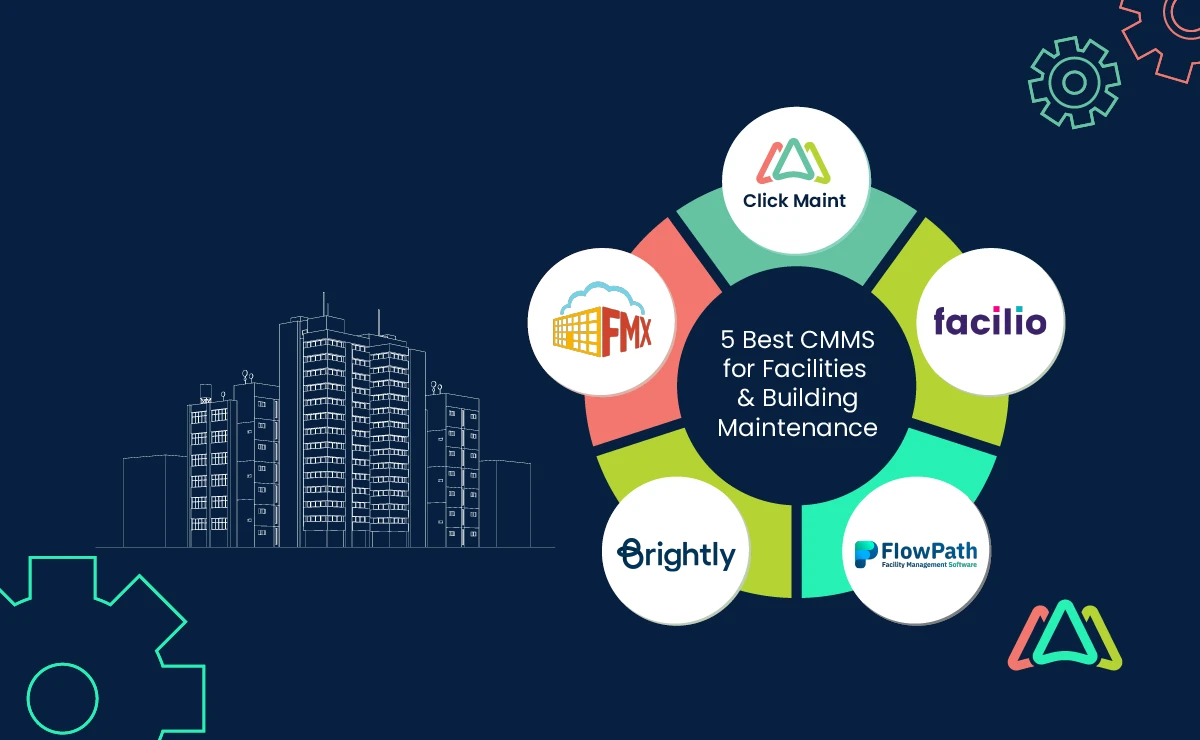Facility Management-- Streamlined Procedures and Expense Savings
Wiki Article
The Essential Guide to Center Management: Techniques for Success
Facility management plays an essential role in the general success of an organization, offering as the foundation that supports safety and security, efficiency, and efficiency. The subtleties of reliable facility management extend beyond plain logistics and need a comprehensive understanding of both quantitative and qualitative metrics.Recognizing Center Management
What comprises effective facility management? Effective facility monitoring includes the coordination of numerous business features to ensure that constructed environments are safe, efficient, and favorable to productivity. It incorporates the concepts of organization, architecture, and engineering management to produce a smooth functional circulation within a company.Crucial element of center monitoring include area planning, maintenance administration, and conformity with wellness and safety guidelines. Area preparation concentrates on optimizing using physical sources to sustain organizational goals, while upkeep management ensures that centers are kept in optimal condition, taking full advantage of life expectancy and reducing operational costs. Conformity with regulative and legal requirements is important, as it safeguards the company against possible obligations and improves its track record.
Moreover, effective center monitoring counts on the critical use technology, such as Structure Management Solution (BMS) and Computer-Aided Facility Management (CAFM) tools. These technologies assist in real-time surveillance of structure systems and streamline maintenance processes (Facility Management). Inevitably, a thorough method to center management not just promotes functional efficiency but additionally fosters a favorable environment for site visitors and workers alike, driving general organizational success

Key Methods for Optimization
Enhancing center management calls for a strategic method that lines up functional practices with organizational purposes. To accomplish this, the very first key technique is the implementation of integrated technical options. Utilizing sophisticated software systems permits real-time monitoring of facility procedures, assisting in data-driven decision-making and enhancing overall efficiency.Second of all, normal evaluations of facility performance are important. Performing routine inspections and audits makes it possible for facility managers to determine locations that require improvement, making sure that sources are allocated properly. This aggressive method aids in decreasing downtime and boosting service distribution.
An additional critical approach is cultivating collaboration across departments. By urging open interaction in between groups, facility supervisors can much better align their approaches with business goals, leading to improved operational harmony. Furthermore, involving personnel in training programs promotes a culture of liability and improves their capacity to add to optimization efforts.
Enhancing Safety Procedures
Enhancing safety and security methods is crucial for creating a secure atmosphere within centers. A thorough security method not only protects staff members and site visitors but likewise improves functional performance. Facility Management. To attain this, center supervisors must carry out routine threat assessments to ensure and recognize potential risks that ideal steps are in place
In addition, clear interaction networks need to be established to report security issues quickly. This consists of creating an easily accessible system for staff members to articulate prospective threats or incidents without fear of . In addition, leveraging technology can improve precaution; as an example, applying security systems and gain access to controls assists keep track of facility tasks and restrict unauthorized entrance.
Last but not least, compliance with regional laws and market standards is non-negotiable. Routine audits and evaluations of security procedures ensure placement with current legislations and finest practices. By focusing on these strategies, facility supervisors can grow a society of safety that safeguards all stakeholders and inevitably adds to the company's success.
Improving Workplace Environment
A positive office environment significantly improves employee spirits and efficiency, making it an essential focus for facility monitoring. To produce such a setting, facility supervisors need to focus on a number of crucial elements, consisting of comfort designs, looks, and employee interaction.Ergonomic considerations are important to reduce physical strain and discomfort. This involves supplying flexible furniture, correct lighting, and sufficient area for motion. These changes can result in minimized absenteeism and increased job contentment.
Aesthetic appeals play a vital role fit the work environment environment. Utilizing color psychology, natural lighting, and greenery can promote a stimulating and welcoming atmosphere. Attentively created areas can improve creative thinking and enhance overall well-being.
Moreover, motivating staff member interaction via inclusive decision-making procedures can enhance the sense of ownership and belonging. Collecting feedback on office enhancements and including workers in the design procedure can bring about an extra customized environment that fulfills their needs.
Finally, advertising wellness campaigns, such as health cares and you can try these out relaxation areas, can better add to a helpful work environment culture. By concentrating on these strategies, facility supervisors can successfully boost the workplace atmosphere, driving both employee complete satisfaction and business success.
Measuring Success in Facilities
Gauging success in center management needs a thorough technique that reviews both qualitative and measurable metrics. Quantitative metrics typically include essential performance indications (KPIs) go to my blog such as area usage prices, energy intake, upkeep expenses, and occupancy degrees. These metrics supply a clear image of functional efficiency and monetary performance, enabling facility supervisors to recognize locations for improvement and standard against industry standards.Qualitative metrics, on the other hand, focus on customer satisfaction and employee involvement. Studies and comments mechanisms can evaluate exactly how well the centers fulfill the needs of passengers, assisting to evaluate the total office atmosphere. This facet is important, as a completely satisfied workforce is commonly connected to enhanced performance and retention rates.
To successfully measure success, center managers should also think about integrating innovation, such as constructing monitoring systems and information analytics tools, to collect and assess appropriate information. Consistently reviewing both collections of metrics enables an extra balanced sight of efficiency and educates critical decisions. Ultimately, an effective facility administration technique depends upon a dedication to constant enhancement, ensuring that both operational effectiveness and customer satisfaction are prioritized.

Conclusion
In verdict, effective facility monitoring is important for boosting organizational efficiency. Prioritizing safety methods and boosting work environment environments additionally add to enhanced employee fulfillment.Facility management plays an essential role in the overall success of an organization, serving as the backbone that supports efficiency, productivity, and safety and security.Key elements of center management consist of room planning, maintenance administration, and compliance with health and safety and security guidelines.Additionally, efficient facility monitoring counts on the tactical usage of technology, such as Building Administration Equipment (BMS) and Computer-Aided Center Administration (CAFM) devices. Eventually, a detailed strategy to center administration not just advertises operational effectiveness yet additionally fosters a favorable atmosphere for workers and site visitors alike, driving overall business success.
Ultimately, an effective center management method hinges on a dedication to constant enhancement, ensuring that both functional efficiencies and individual contentment are focused on.
Report this wiki page